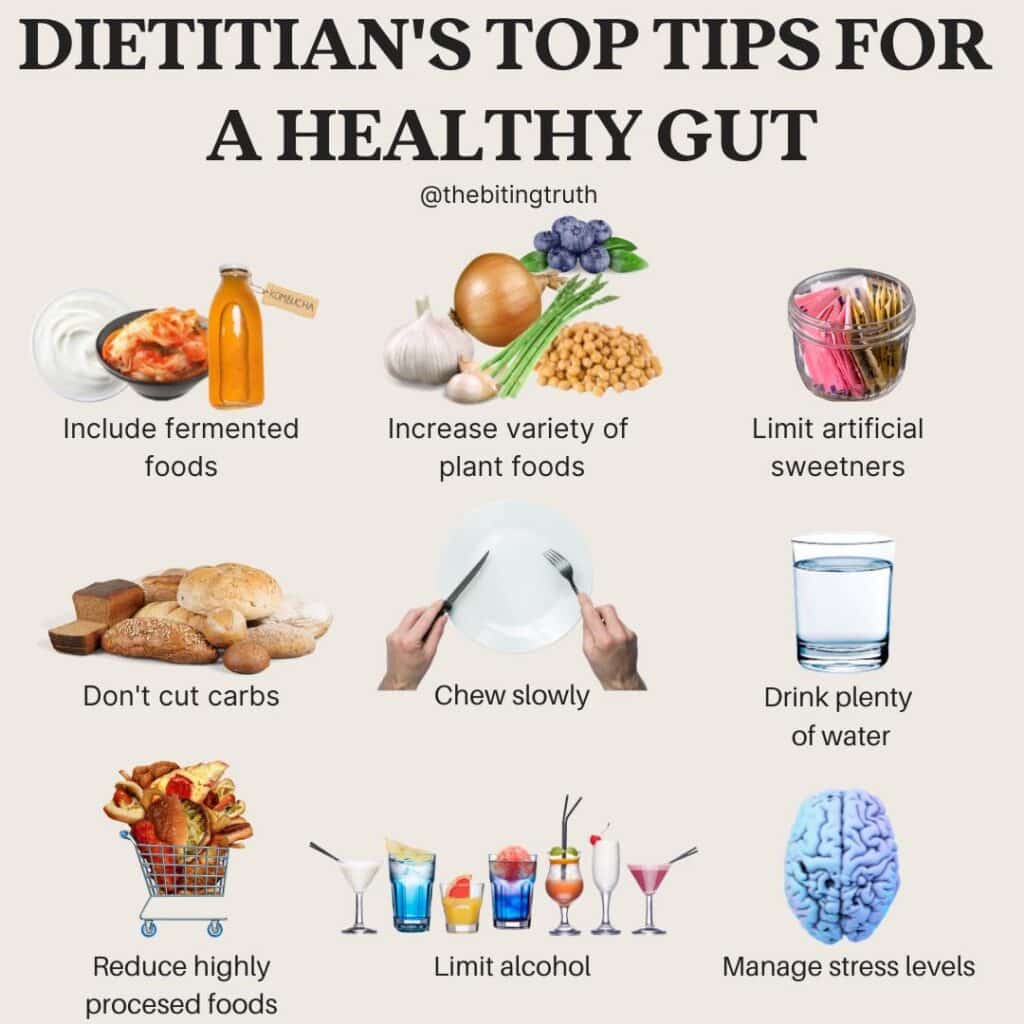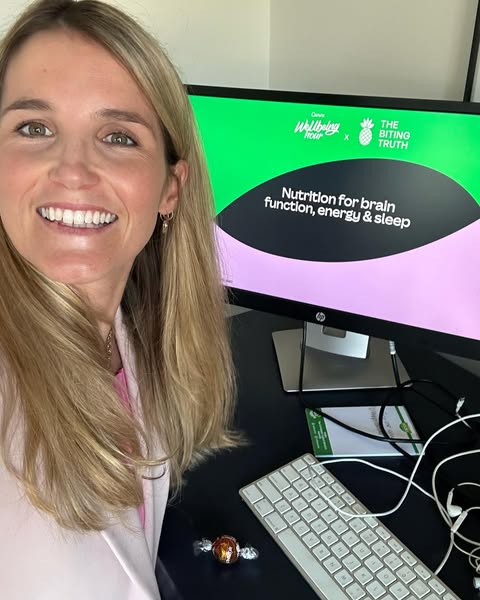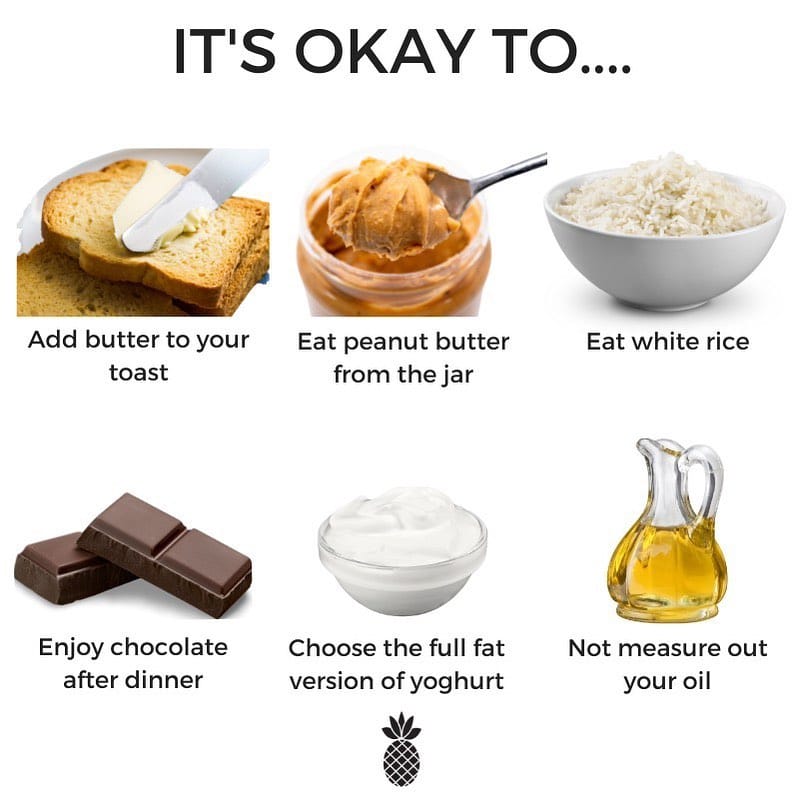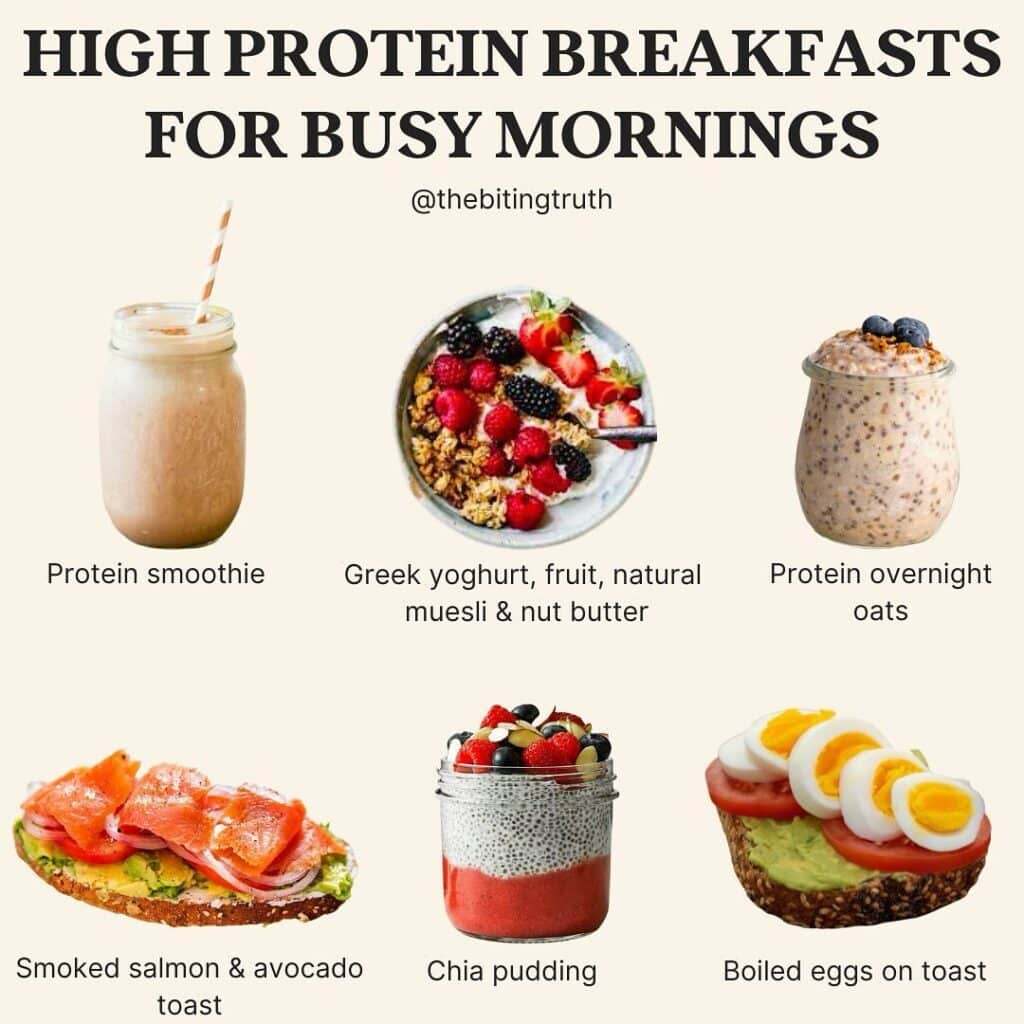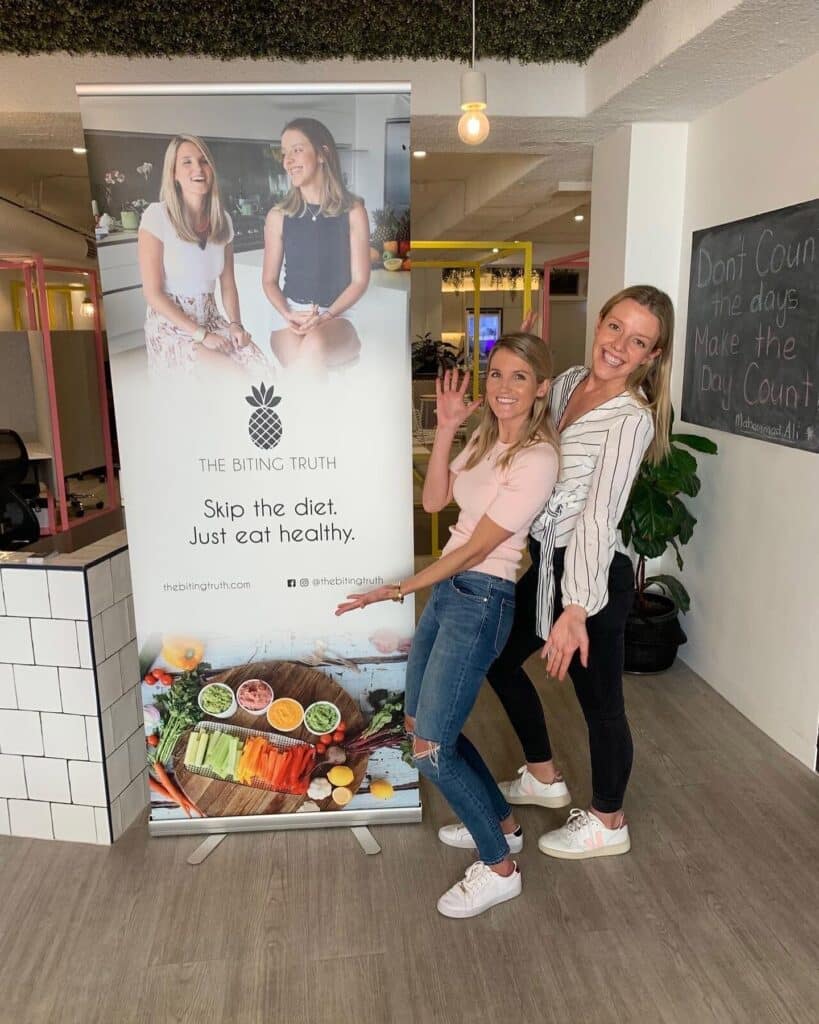Free shipping for orders over $80
Free shipping for orders over $80
Are you bored of having the same old sandwich for lunch?
Why not try a wrap!
Aside from enjoying wraps with our favourite fillings and condiments, we love how versatile they can be. Burritos, pizza bases, soft tacos, quesadillas and even tortilla cups are just some of the ways we love including wraps in our diets.
While wraps can be a nutritious and delicious lunch option, unfortunately there are many options available at the supermarket that we wouldn’t recommend including in your regular diet.
To help you pick the healthiest wrap, we’ve shared some tips on what to look for in a wrap.
When looking for the right wrap, it’s important to check the ingredients list on the back of the packaging. Ideally, the words ‘wholegrains’, ‘whole’ and ‘wholemeal’ are listed as the first few ingredients, as this indicates that these ingredients are the most prevalent in the product.
For those who are gluten free, look for wraps made from coconut flour, buckwheat, quinoa or amaranth in the ingredients list since there foods are full of nutrients and are gluten-free friendly.
Selecting a wrap high in fibre can help you meet your daily fibre requirements (25g/day for women and 30g/day for men).
Fibre is important for optimal digestive, heart and immune health.
Aim to pick a wrap with at least 3g of fibre per serve. Generally, wraps made from wholegrains are higher in fibre.
Some bread products may contain more salt than you might expect. Salt is used to retain the freshness of wraps and bread however, consuming too much salt is linked to high blood pressure and an increased risk of heart disease.
When picking a wrap, it’s important to check the nutritional panel and aim for products with under 400mg of sodium per 100g.
If you check the packaging of breads and wraps, you may find words like ‘natural’, ‘organic’, ‘fat-free’, ‘low-carb’, ‘gluten free’. These buzz words can be misleading.
We recommend following the tips above to pick the best wrap for you. If you’re unsure, the Australian Health Star Rating (HSR) is a good indicator of healthy wraps. Look for products with a HSR of at least 4.
It’s worth nothing that just because a product is labelled as gluten free, doesn’t mean that it is the healthier option. For those without a medical reason to exclude gluten from their diet (e.g. celiac disease or allergies), there is no benefit to removing gluten and wheat from your diet.
What about the green wraps? They must be the healthiest, right?
Although spinach wraps may look and sound healthier, they usually contain only trace amounts of spinach and are typically made with refined grains (i.e. no wholegrains), meaning they are lower in fibre and higher in kilojoules.
We recommend adding vegetables to your wrap to increase the nutritional value of it.
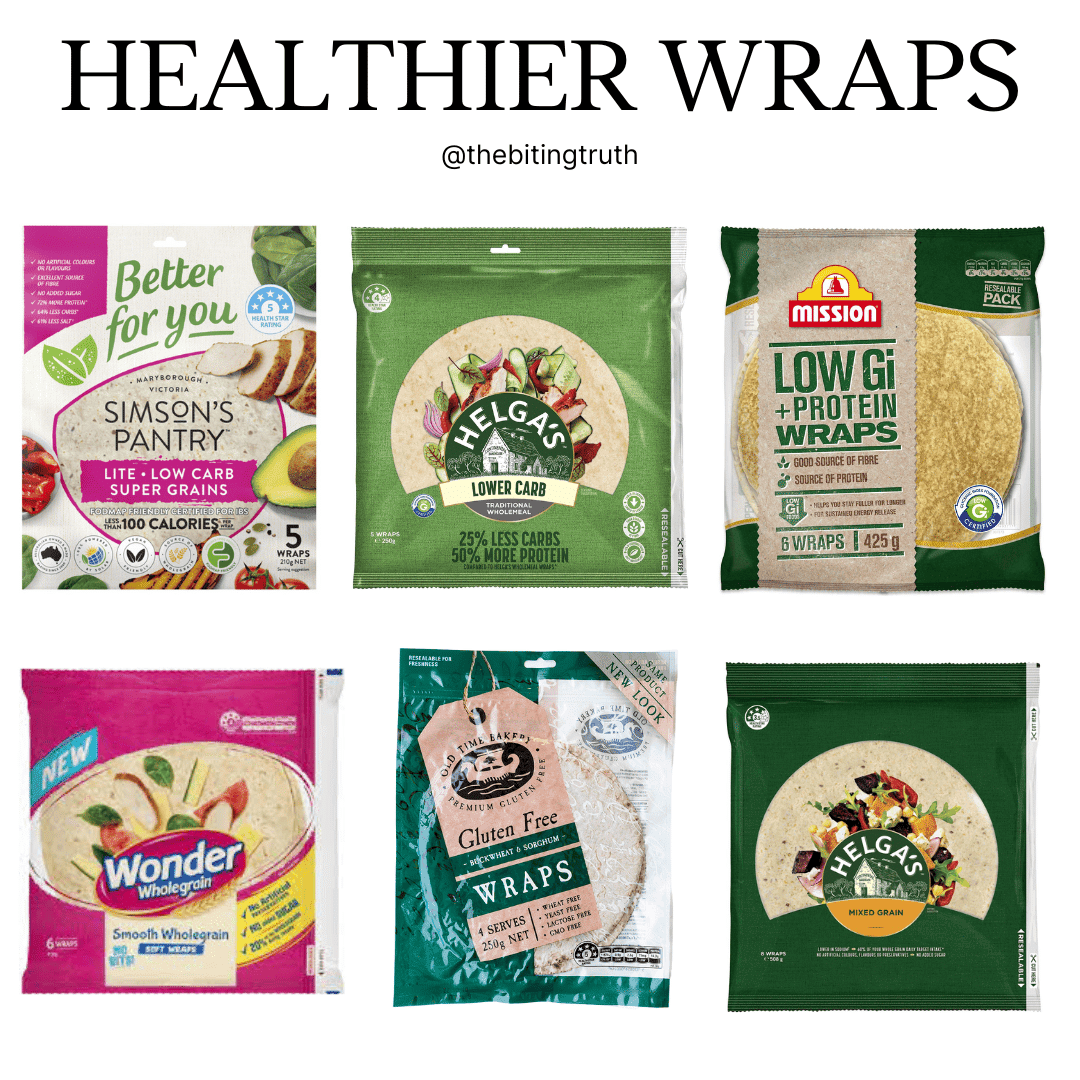
—
Notes
